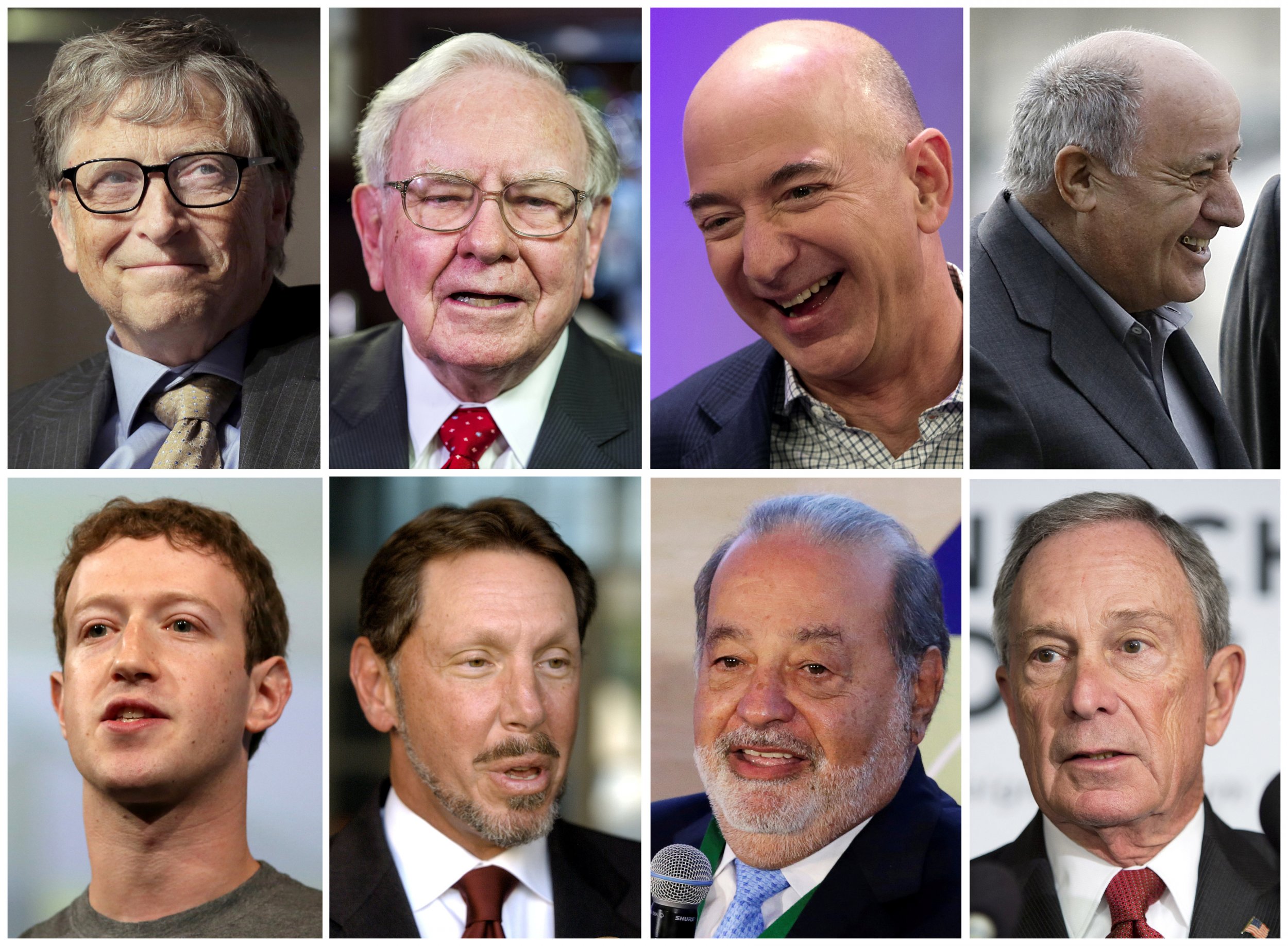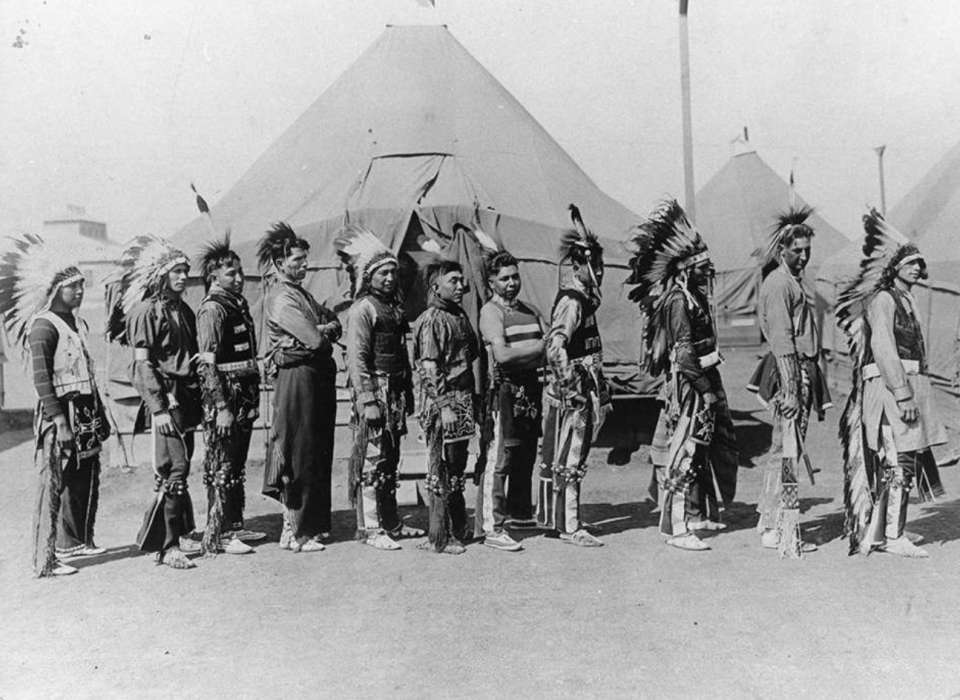The Missing Billionaires: Exploring the Underrepresentation of Native Americans in the World of Wealth
The Missing Billionaires: Exploring the Underrepresentation of Native Americans in the World of Wealth

The world of billionaires is often painted as a landscape dominated by white men, a narrative that largely holds true. However, there’s a significant gap in this narrative – the near absence of Native Americans from the ranks of the ultra-wealthy. While the exact number of Native American billionaires remains shrouded in uncertainty, the stark reality is that their representation is incredibly low, a reflection of a deeply rooted history of systemic oppression and economic disenfranchisement.
Navigating the Challenges of Defining "Native American"
Related Articles: The Missing Billionaires: Exploring the Underrepresentation of Native Americans in the World of Wealth
- The Richest Tribes In America: A Look At Wealth, Sovereignty, And Economic Development
- The Riches Of The Desert: Exploring The Wealth And Legacy Of The Tohono O’odham Nation In Arizona
- The San Manuel Band Of Mission Indians: A Legacy Of Resilience And Prosperity
- Unveiling The Wealth Of Indigenous Nations: Exploring The Richest Tribes In The United States
- The Wealthy Legacy: Exploring The Richest Native American Tribes
Before delving into the specifics, it’s crucial to acknowledge the complexities surrounding the term "Native American." The term encompasses a vast array of diverse tribes, nations, and cultures spread across the Americas, each with its own unique history, language, and traditions. This diversity makes it challenging to create a single, universally applicable definition of "Native American" for the purpose of tracking wealth.
Furthermore, the issue of self-identification plays a significant role. While some individuals may choose to publicly identify as Native American, others may prefer to keep their heritage private. This makes it difficult to accurately count the number of Native Americans who have achieved billionaire status.
The Scarcity of Data: A Reflection of Historical Injustice
The lack of reliable data on Native American billionaires is not simply a matter of insufficient research. It’s a direct consequence of the long history of systemic oppression and marginalization faced by Indigenous communities in the Americas.
The forced displacement, cultural suppression, and economic exploitation inflicted upon Native Americans for centuries have created a legacy of poverty and limited access to opportunities. This historical context has significantly impacted the ability of Indigenous people to accumulate wealth, contributing to their underrepresentation in the world of billionaires.
The Existing Data: A Glimpse into the Underrepresentation
While the exact number of Native American billionaires remains unknown, some estimates and anecdotal evidence shed light on the stark reality of their underrepresentation.
- Forbes’ Billionaires List: The most widely recognized list of billionaires, Forbes, does not specifically track the ethnicity or tribal affiliation of individuals on its list. This lack of disaggregated data makes it impossible to determine the number of Native American billionaires.
- Anecdotal Evidence: A few individuals of Native American descent have achieved billionaire status, but their stories are often overlooked or not widely publicized. These individuals often come from diverse backgrounds and have achieved success in various sectors, highlighting the potential for Indigenous entrepreneurship and wealth creation.

Beyond the Numbers: Understanding the Systemic Barriers
The scarcity of Native American billionaires is not merely a statistical anomaly. It’s a reflection of deeply ingrained systemic barriers that continue to impede economic progress for Indigenous communities. These barriers include:

- Limited Access to Education and Resources: Generations of underfunding and inadequate educational opportunities in Indigenous communities have hindered access to the skills and knowledge necessary for economic advancement.
- Discrimination and Bias: Persistent prejudice and discriminatory practices in the workforce and financial institutions limit opportunities for Native Americans to build wealth.
- Lack of Capital and Investment: Indigenous communities often struggle to access capital and investment, further hindering their ability to start and grow businesses.
- Land Dispossession and Resource Exploitation: The historical and ongoing dispossession of Native American land and resources has significantly hampered their economic potential.

Breaking Down the Barriers: Towards Inclusive Economic Growth
Addressing the underrepresentation of Native Americans in the world of wealth requires a multi-faceted approach that tackles the systemic barriers and fosters equitable opportunities.
- Investing in Education and Economic Development: Increased funding for education and economic development programs in Indigenous communities is crucial to equipping them with the necessary tools for success.
- Combating Discrimination and Bias: Addressing discriminatory practices in the workforce and financial institutions is essential to create a level playing field for Native American entrepreneurs and investors.
- Supporting Indigenous Businesses and Entrepreneurs: Providing access to capital, mentorship, and resources specifically tailored to Indigenous entrepreneurs can foster economic growth and wealth creation.
- Recognizing and Amplifying Indigenous Success Stories: Highlighting the achievements of Native American entrepreneurs and business leaders can inspire future generations and challenge the narrative of underrepresentation.
The Future of Native American Wealth: A Call for Action
The underrepresentation of Native Americans in the world of wealth is not inevitable. By dismantling the systemic barriers and fostering inclusive economic opportunities, we can empower Indigenous communities to achieve their full economic potential.
This requires a collective commitment from governments, corporations, and individuals to address the historical injustices and create a more equitable future. By investing in education, promoting diversity and inclusion, and supporting Indigenous entrepreneurship, we can pave the way for a new generation of Native American billionaires and contribute to a more just and prosperous society for all.
FAQ: How Many Native American Billionaires Are There?
Q: How many Native American billionaires are there?
A: The exact number of Native American billionaires is unknown. There is no comprehensive list or database that tracks the ethnicity of billionaires, and many individuals may choose not to publicly identify their Native American heritage.
Q: Why is it difficult to determine the number of Native American billionaires?
A: The lack of reliable data is a direct consequence of the historical oppression and marginalization faced by Indigenous communities, which has limited their access to wealth and opportunities. Additionally, the diversity of tribal identities and the complexities of self-identification make it challenging to create a single, universally applicable definition of "Native American" for the purpose of tracking wealth.
Q: Are there any known Native American billionaires?
A: While the exact number is unknown, there are a few individuals of Native American descent who have achieved billionaire status. However, their stories are often overlooked or not widely publicized.
Q: What are some of the barriers that prevent Native Americans from accumulating wealth?
A: Some of the key barriers include limited access to education and resources, persistent discrimination and bias, lack of capital and investment, and historical dispossession of land and resources.
Q: What can be done to address the underrepresentation of Native Americans in the world of wealth?
A: Addressing the issue requires a multi-faceted approach that tackles the systemic barriers and fosters equitable opportunities. This includes investing in education and economic development, combating discrimination and bias, supporting Indigenous businesses and entrepreneurs, and recognizing and amplifying Indigenous success stories.

Closure
Thus, we hope this article has provided valuable insights into The Missing Billionaires: Exploring the Underrepresentation of Native Americans in the World of Wealth. We appreciate your attention to our article. See you in our next article!


